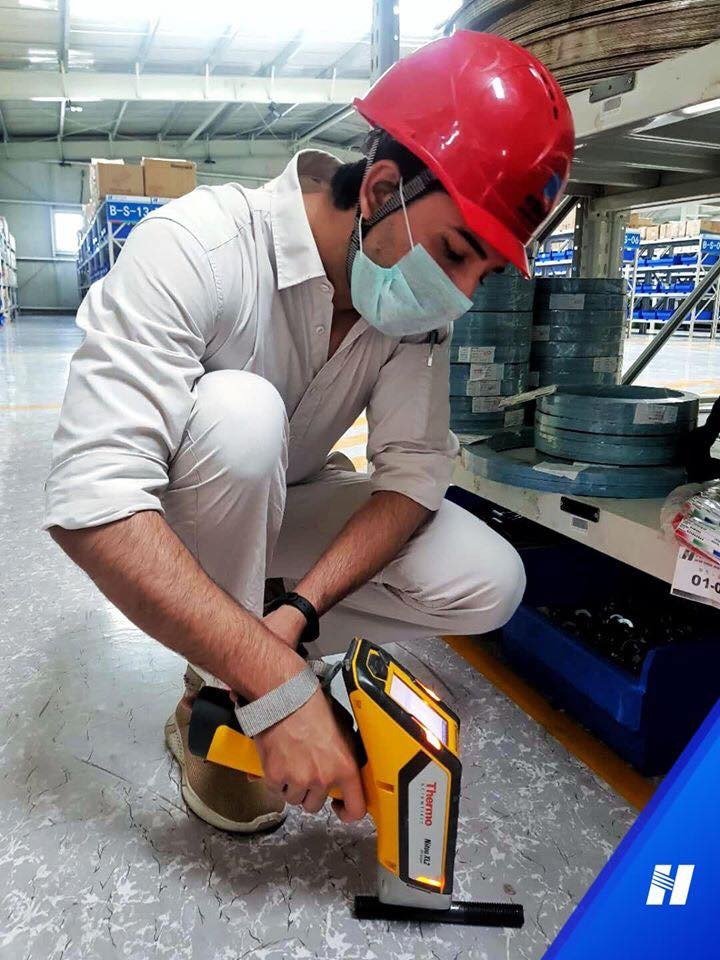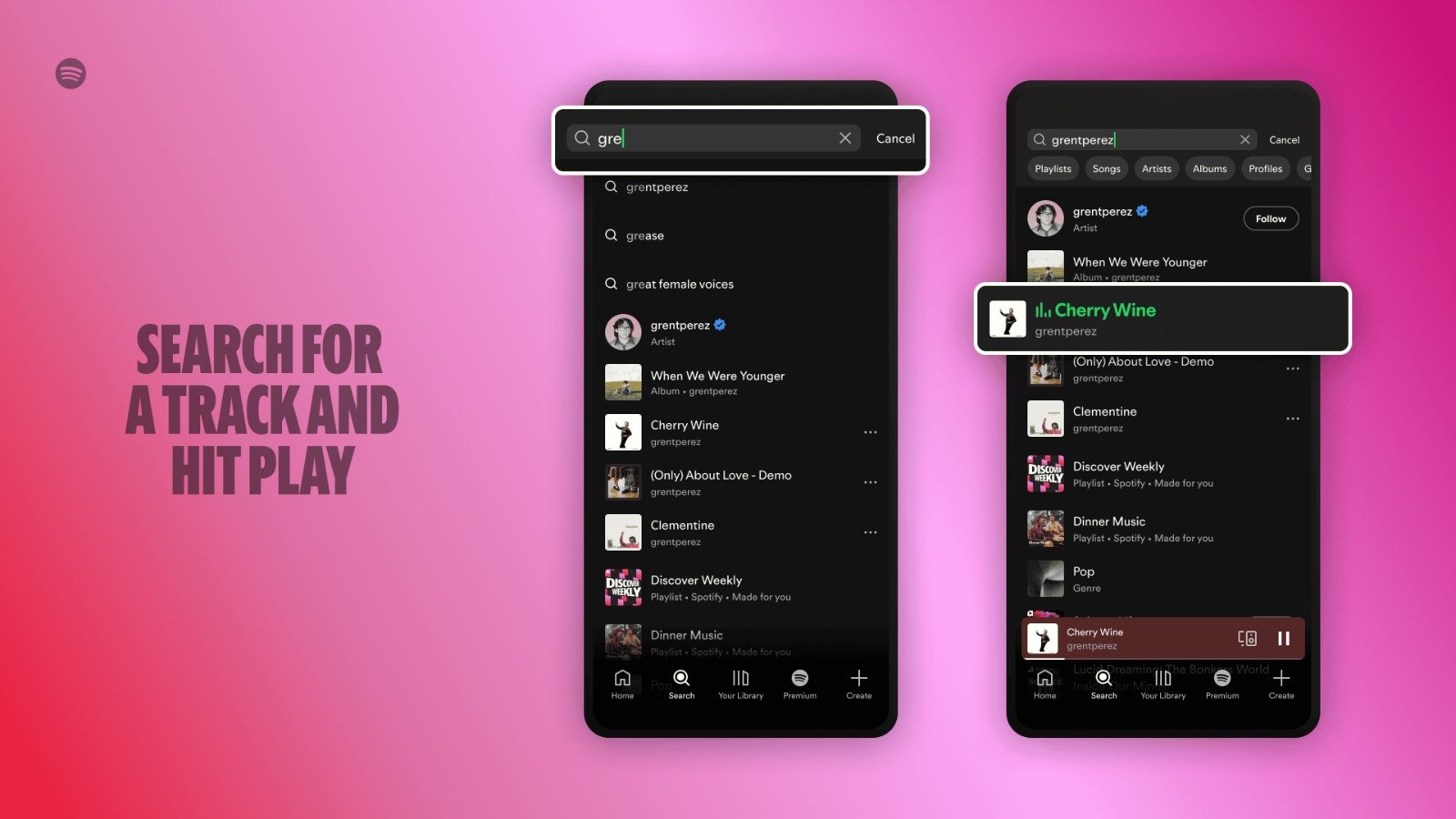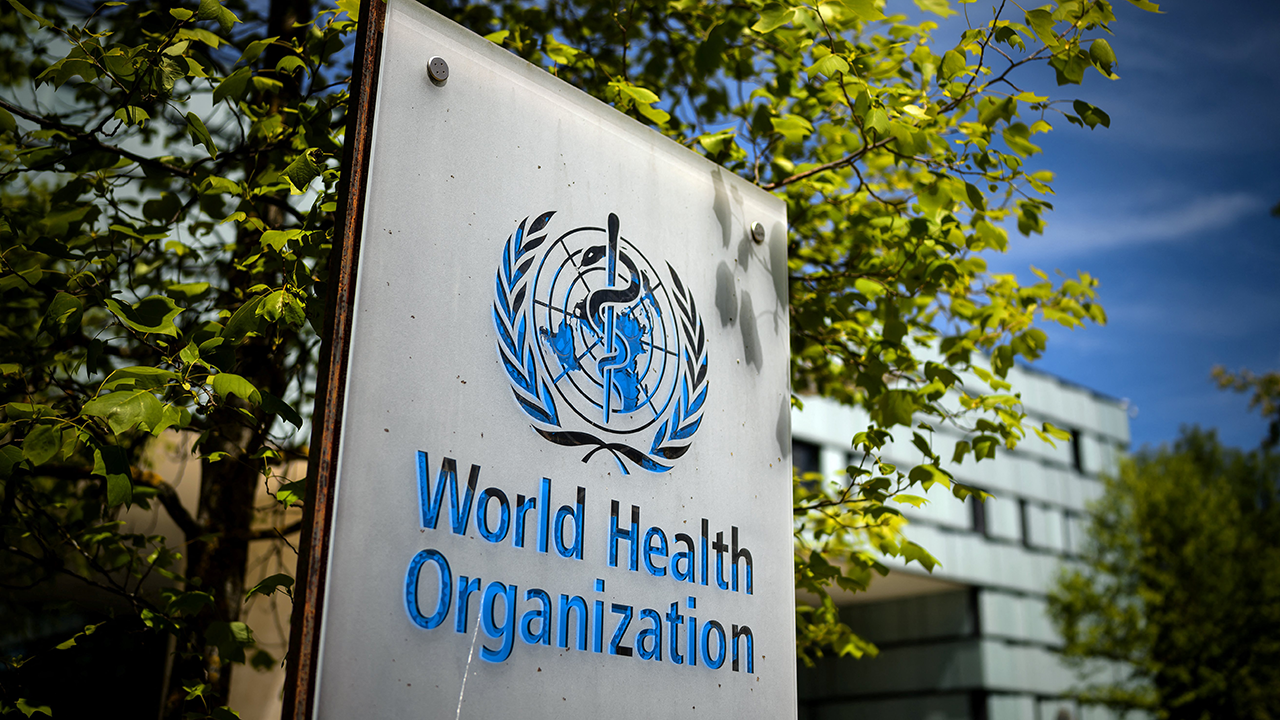YouTube is introducing new labels to indicate whether uploaded videos originate from a genuine camera with unaltered audio and visuals.
The “captured with a camera” label was demonstrated by digital content authentication service Trupic, which recently uploaded a video that activated the label in the description panel.
Trupic claims it has produced the first authentic video with C2PA Content Credentials on YouTube.
Last year, companies like Leica began incorporating content credentials into their hardware, but it remains uncertain if these will trigger YouTube’s new labels.
YouTube is utilising the C2PA standard to verify the authenticity of videos, meaning this feature will only apply to devices that support the required metadata.
According to YouTube’s help page, the label indicates that creators have used specific technology to verify their video’s origin and ensure the audio and visuals remain unchanged.
Creators must use tools with C2PA version 2.1 or higher for the label to be visible, which may limit its appearance for some time.
In a blog post last month, Laurie Richardson, Google’s vice president of trust and safety, mentioned that the company is exploring ways to convey C2PA information to viewers, particularly in relation to content captured with a camera.
Responding to a query from The Verge, Google spokesperson Elena Hernandez referred back to Richardson’s blog.
While videos do not need to be entirely unedited to receive the label, they must meet certain criteria, including maintaining a clear chain of provenance, which means avoiding edits that hinder the ability to trace the video back to its original source.
Avoiding significant alterations to the video’s essential content, including audio and visuals and ensuring all edits comply with C2PA standards (version 2.1 or higher).
Earlier this year, Google also introduced an “altered or synthetic content” label, which relies on YouTube users to self-identify uploads that contain AI-generated material.










